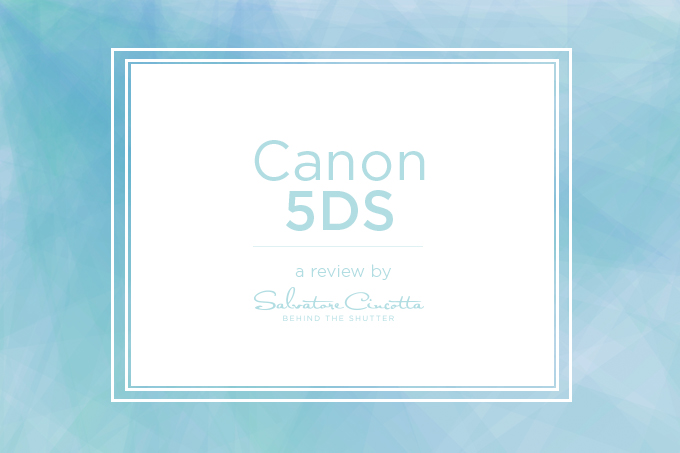
Canon 5DS Review
Recently, I got my hands on a pre-production Canon 5DS. YAY, MORE MEGAPIXELS! I hope everyone realizes, its NOT just about megapixels. It’s about the size and quality of those pixels. Medium format will ALWAYS win out over a DSLR in the battle for size and quality. A 50 megapixel medium format camera and a 50megapixel DSLR will not yield the same results and there is a hefty price tag to drive that point home. However, medium format is not without its own set of challenges. These challenges, as a wedding and portrait photographer, are what have led me back to the DSLR platform.
If you have been following my journey, you know I have been dabbling with medium format in search of the latest and greatest in pixel quality and resolution. I have worked with the Phase One IQ250 and IQ260 and then of course, the Hasselblad H5DC. For the record, the H5DC won over the Phase One IQ250 for a multitude of reasons for me. The number one reason, their focusing system was superior to the IQ250. I realize, these companies are constantly releasing updates and new features, so that assessment will probably change over time, but that’s not what this is about.
My testing of equipment is rarely about tech-specs or anything scientific – I will warn you about that up front. Want to geek out on tech specs, etc – google 5Ds review and you will get a plethora of results for features that may or may not be relevant to you. I don’t give a shit what the companies say, how many milli-seconds something takes, etc. For me, that’s all marketing mumbo-jumbo. It’s about what works for me and my business and what doesn’t. Like many of you out there, I am an active working photographer. So, I wonder if this will help my business and my work improve, and if so, how? So, below, are some of the results of my initial testing with the camera.
Detail. Holy crap. The one thing I love about Medium-Format was the level of detail in the images. Well, the 5Ds did not disappoint. As you can see in the image below. This was a senior portrait shot in our studio and the zoomed image is tack sharp and crystal clear. At 3:1 zoom in Lightroom, you can see my reflection with no pixilation. My current Canon 1Dx turns to mush at 3:1.
CLICK FOR LARGER
Larger file sizes. Get ready for more and larger memory cards. These images at full RAW are coming off the camera at ~70mb. If you are working on an older laptop, you better be ready to upgrade.
Noise. If you are shooting high ISO – there is going to be noise. When you have that many megapixels, noise gets amplified. This is something that haunts medium-format to this day. Get over about ISO 800 and things get unusable fast. However, the 5Ds performed much better in low light than I expected. Below are some images shot at ISO2000. There is always going to be noise, but I was pleasantly surprised at how useable the images were. Then of course, use the built in noise reduction in Lightroom and the world is good again.
CLICK FOR LARGER
After noise reduction applied.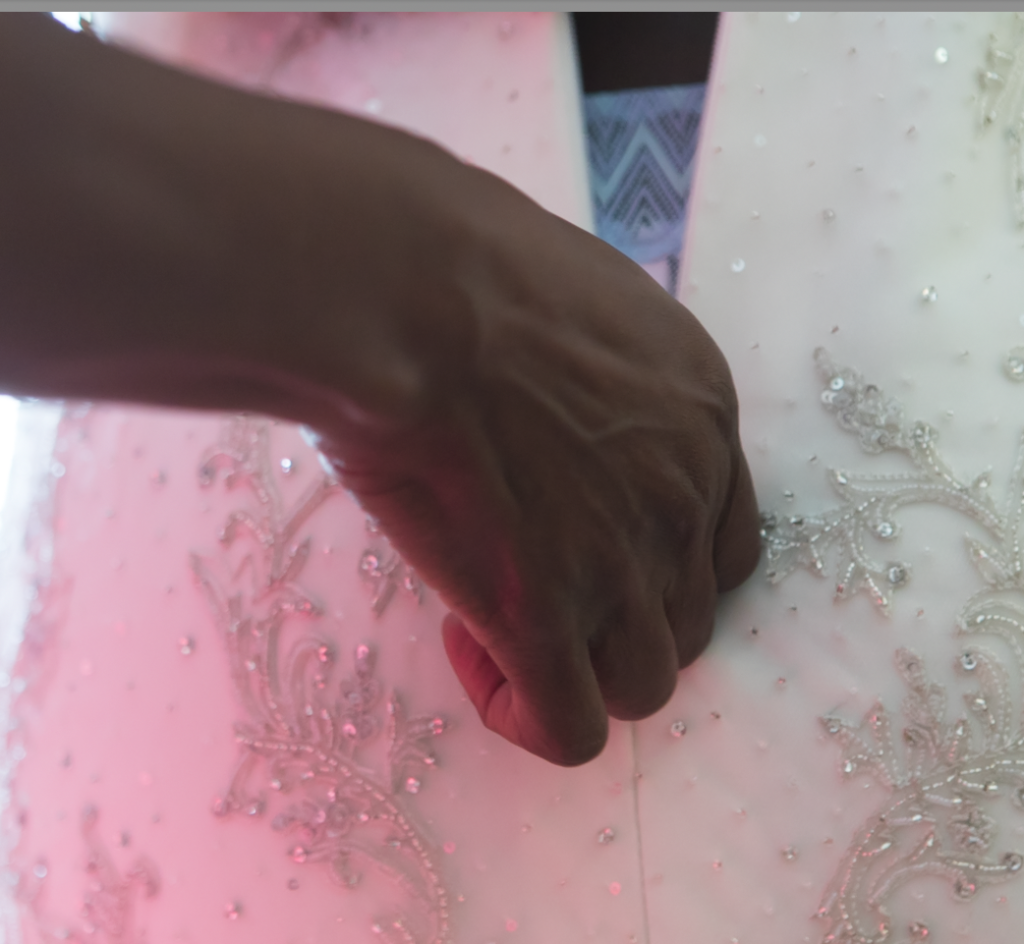
Speed. If you are shooting in a studio and controlled environment, medium format is going to perform like a boss. However, this is where I was running into trouble. If you are in the field or a wedding photographer working in diverse and uncontrolled lighting situations – you need speed. Gear should always enhance your ability to create a shot. It’s a tool. The gear should never get in the way or slow you down. Speed is not just how many frames per second you can click off. I am not a sports photographer. Speed, to me, is defined in terms of how quickly I can change settings, adjust focus points, move from dynamic scene to dynamic scene, adjust exposure, etc. If you are used to working with the Canon system – the settings and adjustments are all pretty much the same.
Lens selection. Without a doubt, the 5Ds wins here. With damn near over 70 lenses in its EF lineup – there is a lens for every situation. One of the challenges with some of the medium format systems is the lack of lens selection, not to mention, the high cost of glass because the shutter is in the lens. When something goes wrong, the replacement cost is astronomical.
Focusing system. 61 point focusing system. What else is there to really say? You want a sharp image? An advanced focus and metering system is going to win out every single time. If you find yourself practicing one of the most ridiculous shooting techniques out there – focus recompose – then you are fighting the physics of your optics. Your images will be soft and if you are shooting wide open – 2.8 or 1.2 – images are guaranteed to be soft and damn near unusable. This is where the additional focus points come into play – place that bad-boy on your subjects eye and bam, “Houston, we have sharp images!”
Conclusion.
After shooting both a senior session and a wedding this week with the 5Ds, I am now going to add this to my bag. This is a strong primary and/or secondary camera for your business. I have been using the 1D series for about 8 years now and have desperately been waiting for an updated version of the 1Dx camera body, but unless something ground breaking comes out this year, the 5Ds is going to be my new primary camera.
The image quality is incredible and you get all the benefits of the Canon platform.
Now, how long before they come out with those 1tb memory cards?

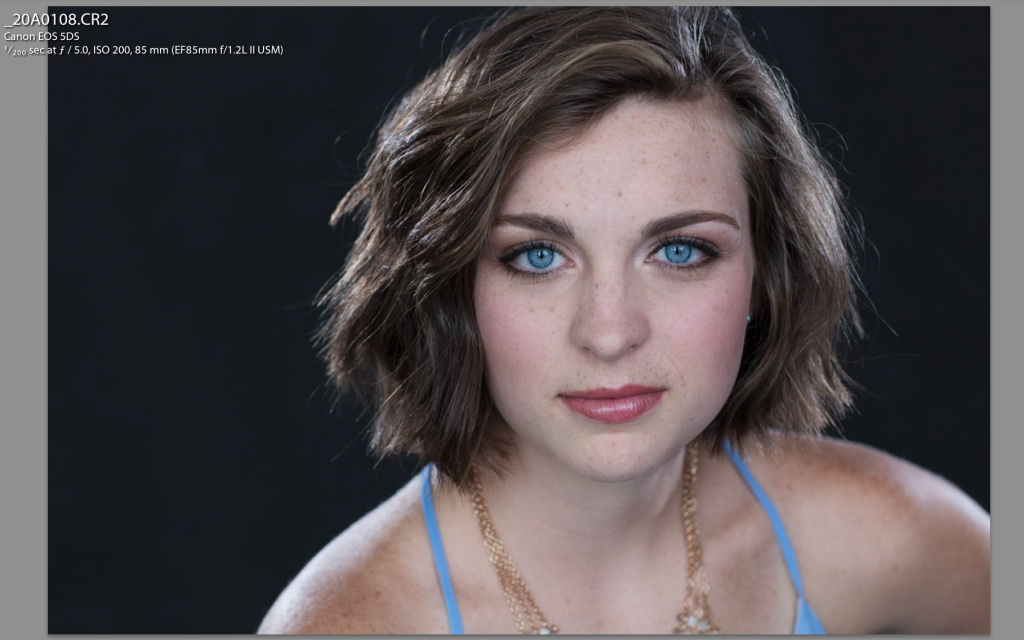
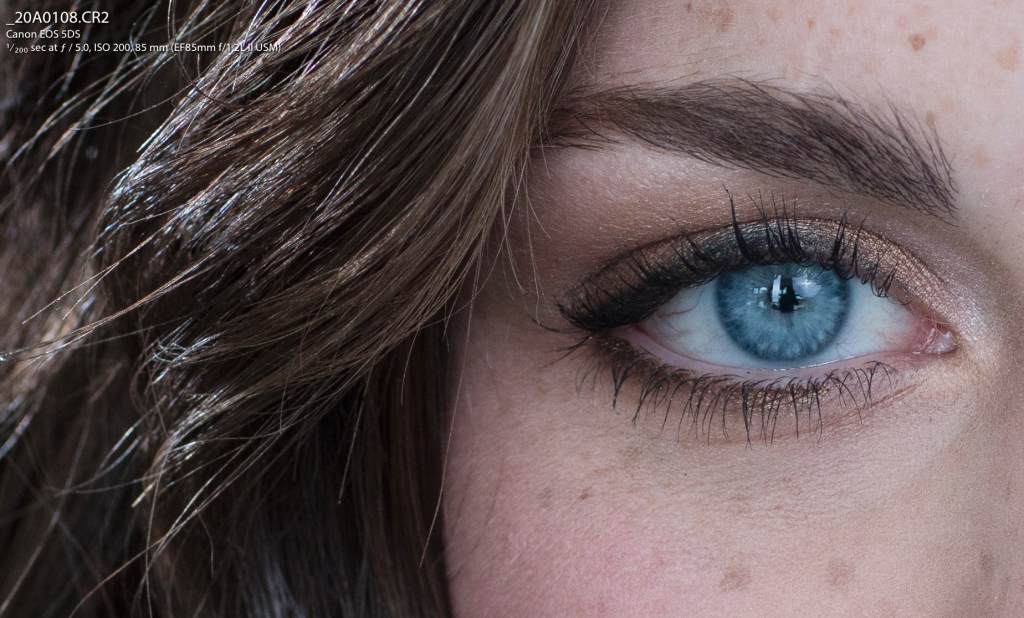
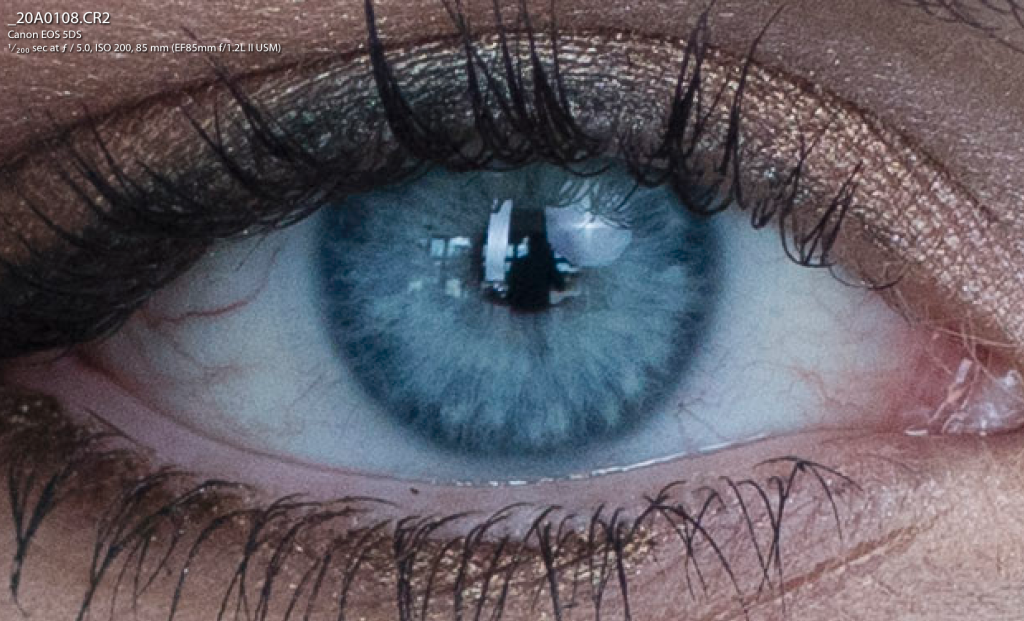
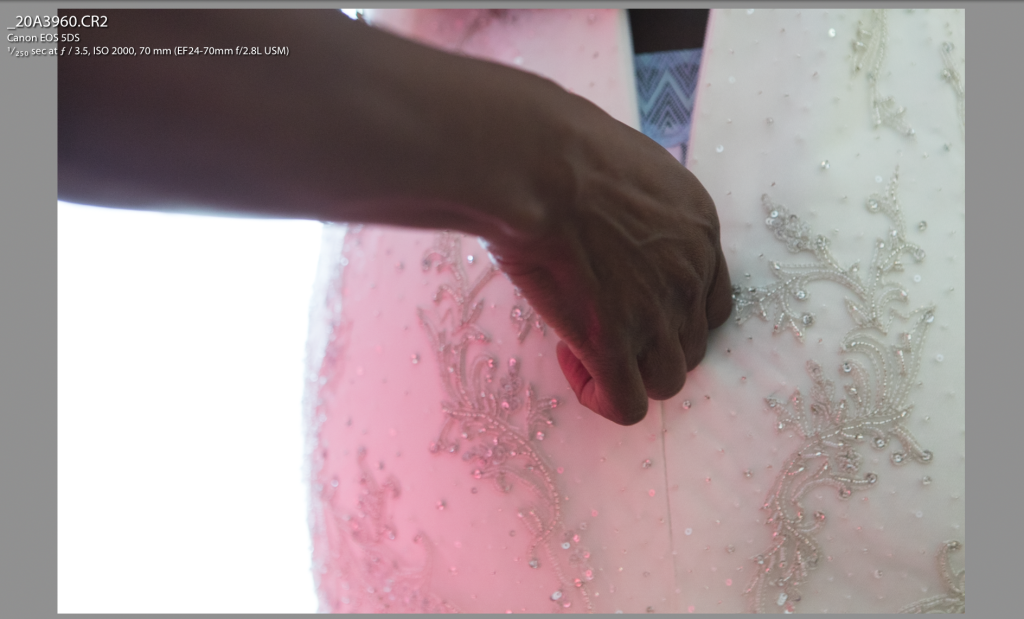
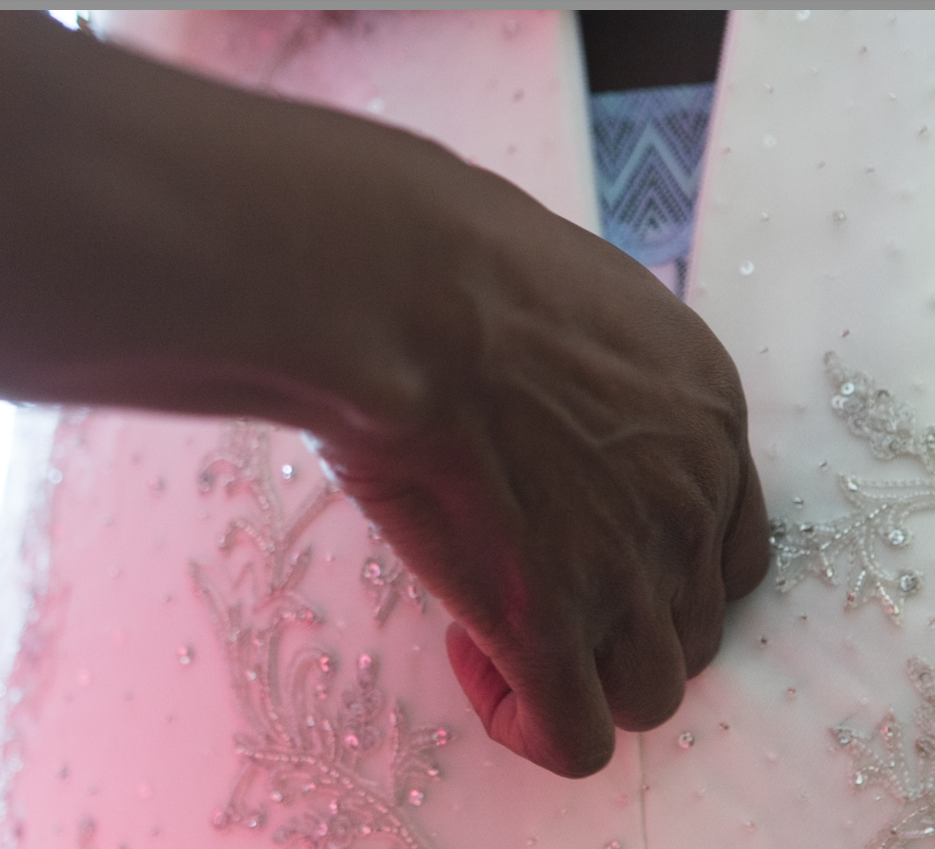





This Post Has 8 Comments
How is this camera with moire? Sometimes I get moire on men’s dress shirts even now with my 5DMkIII. I hear this camera has more moire because the camera is performing in-camera softening to combat moire.
I am not sure on that one… I didnt see any in my testing, but that doesnt mean it doesnt exist… i will have to test for that in the future.
Usually it’s the light blue oxford shirt style that has a tendency for moire. Have you tried the new 5Ds in landscape and urban (brick buildings) photography – any moire there? I guess you can tell I’m really concerned about moire. Camera sounds great!
Madeline, If you are concerned about moire, the 5DS is the way to go. While it’s not observed from the phenomenon of moire, the chances of it occurring in the 5DS are far less than the 5DSR. As for buildings containing bricks, in my testing I did not see any of that occurring with the 5DS. The 5DSR is a bit more for the specialized user where the occurrence of shooting repeating patterns that produce moire is far less. One example of this is landscape photography. If you photograph people regularly that may have clothing with such repeating patterns, like the blue oxford you mentioned, the 5DS is the obvious choice. As you can see from Sal’s tests, the detail is stellar! Hope this helps.
“For the record, the H5DC won over the Phase One IQ250 for a multitude of reasons for me. The number one reason, their focusing system was superior to the IQ250.”
I’ve got the Phase One 645DF+ and a IQ180 back, and a Canon 5Ds too… No comparison… As far as a the H5DC and the focusing system on the IQ250? Well the IQ250 is a BACK and doesn’t have a focusing system. The H5DC is a camera body which needs a back. (LOL)…. It would probably be better to say that the H5DC is better than the Phase One 645DF+ (which is probably is)….. Focusing on the 645 simply sucks. Nice to know Phase One will give me $2000 (and its not worth a lot more than that) trade for a body I bought 2 years ago for $8000 towards a NEW body that’s $8000…… Nice guys….
I can say the 5Ds will cut into the Phase One business for the reasons you noted, but still for those who want REALLY great images. Real medium format is going to win out… Nice review…
Yes – correct the IQ250 is a back – I was speaking generically about the system not specifically about each back- but since you raise that point – thats also why the Hasselblad won out – because the Phase One SYSTEM requires two batteries – one to power the back and another to power the camera body – the Haselblad does not. And I am with you… and that was my point – the Phase One focusing system straight up sucks. 🙂 And correct, the trade in is laughable at best. Apparently the new body they just released has an improved focusing system and now requires only one body… but I am not willing to pay 7k to find out. 🙂 And again – totally agree with you – MF images are incredible – I LOVE THEM. BUT the challenges of the platform are so tough to overcome for a wedding and portrait pro. thanks for reading!
Apparently the new body they just released has an improved focusing system and now requires only one body… but I am not willing to pay 7k to find out. 🙂
New Phase One body and one battery. Not exactly. I don’t totally understand but the back can share the body battery but I don’t think it can run off the body battery. The problem I’ve experienced is that the camera and back gets “unstable” as the battery gets weaker. So it will freeze up and the back or camera need rebooted maybe every other time I shoot…. While I’m shooting.
So you can’t run a battery to dead. You need to pull it out with 75% left on it and put a fresh battery in. So I carry 3 spare bats for the back and2 spares for the body. With my asst cannons. I can go all day all I can shoot and never needed to change. (Say up to 8000 on a 1D4. More than I’ve ever shot on a the 5D2 (3000+). I’ve got no idea how long the 5Ds will last … Not enough experience with it)